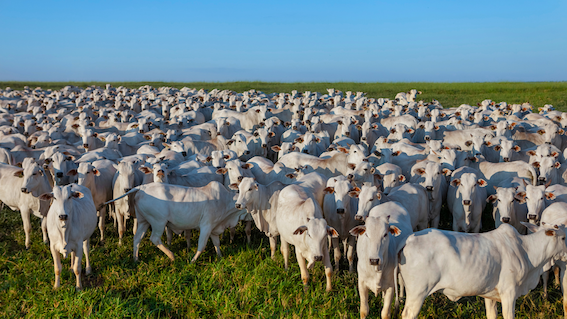The recommendations adopted earlier this week by the EU High-Level Group on Wine highlight the tangible benefits of a multi-stakeholder approach, as emphasized by Farm Europe at the outset of this process. Bringing together diverse actors across the value chain, with a clear vision and a concrete strategy, is crucial for supporting the economic sustainability of strategic sectors in the EU and for charting a path forward.
A thorough understanding of the sector’s challenges — whether structural, climatic, or shaped by citizen expectations — is essential to developing effective policy recommendations and legislative proposals.
This significant outcome, along with the renewed approach, should serve as a guiding framework for the livestock sector as well, event if the challenges and solutions will be different.
Given the positive, concrete results from the HLG on Wine, along with the European Parliament’s political commitment to fostering a transparent, non-ideological debate on the livestock sector — exemplified by the establishment of the EP’s dedicated Intergroup — Farm Europe and Eat Europe believe it is time for the European Commission to launch a similar process for this sector.
As Farm Europe’s research shows, the livestock sector is at a critical crossroads. To address its challenges, we must take a scientific and evidence-based approach, focusing on both its economic sustainability and the public discourse surrounding it. This includes presenting, in an objective manner, not only the environmental challenges, but also the positive contributions of the sector:
- Its role in the bio-circular economy, soil quality: manure and by-products produced by a cow are transformed into a positive and virtuous bioeconomy model as energy (biogas, biomethane, biodiesel), or as organic fertilizer (digestate, RENURE). Eighty percent of the water used in a cow’s production cycle is returned to the land, improving soil quality by enriching it with organic matter, just to give some examples;
- The vitality of the countryside and remote areas, which, without a solid and profitable livestock sector, would be abandoned with dramatic consequences on the environment (erosion, fertility of soils, etc.) and the economy of those regions;
- The production of high-quality, nutritious food, essential for balanced diets.
It is time for Europe to boost its animal sector to grasp its full potential, rejecting strategies that would lead to the sector being replaced by lower-quality imported proteins or by lab-grown proteins disconnected from natural cycles. The finalisation of the EU/Mercosur deal generates doubts about the double-standard approach by the European Commission.
At a time when producers are grappling with significant challenges, it is crucial to develop a renewed, shared agenda for the sector that is supported by all levels of government, from the EU to local authorities. The EU’s livestock model must remain economically viable while adapting to increasing societal and environmental demands. Key issues — such as health, biodiversity, climate and environmental impacts, economic potential, and the social fabric tied to livestock activities — must be addressed in a cohesive and integrated manner.
These elements should be fully incorporated into the European strategy to ensure a sustainable future for Europe, starting with the establishment of a dedicated High-Level Expert Group.
